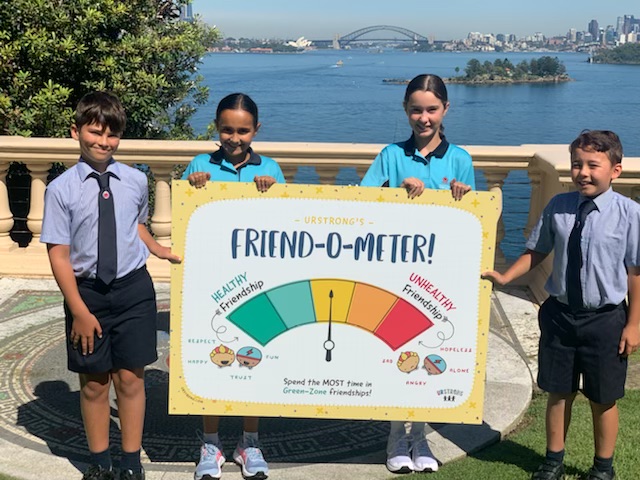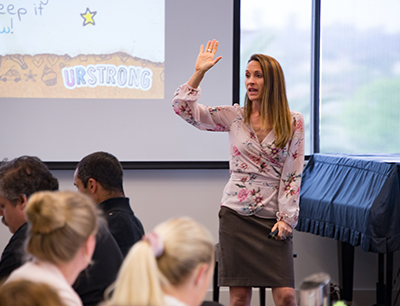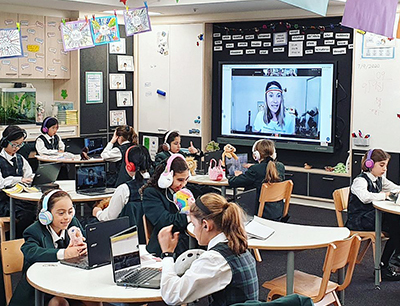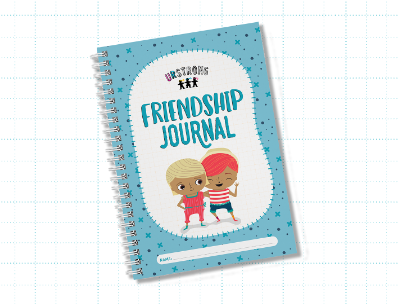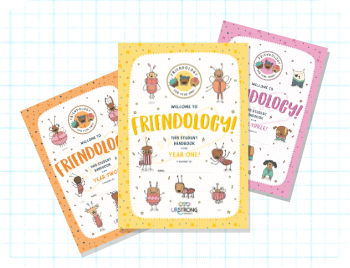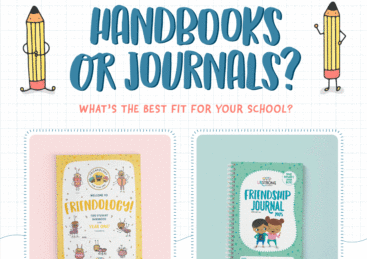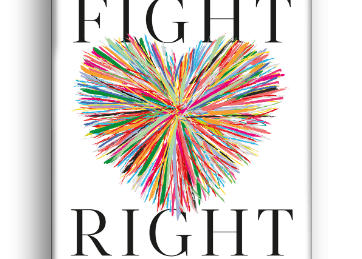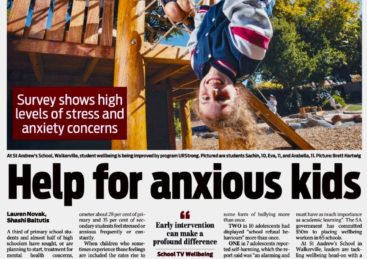“What if there’s someone in my group that isn’t very nice to me?”
“Can I be in more than one group?”
“What if my group of friends don’t get along with another group?”
“I don’t feel like I fit in with my group and I want to switch groups!”
This pack-like mentality is very common with kids who are striving to find their way in this world, but it’s not always the healthiest approach. Friend groups and cliques can be exclusive and alienating. Stereotypes emerge, peer pressure is at its worst, and kids start to mold to fit the group’s reputation and rules.
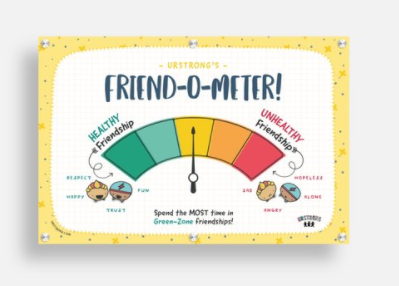
Being part of a group, however, can feel good. Kids truly fear social isolation and sometimes make poor choices in their friendships so as to not be seen to be alone. Over the years, countless kids have told us they would rather have a bad friend than no friend at all. Being with a group can feel safe.
In our Friendology 101 curriculum, we talk to students about the difference between healthy and unhealthy friendship groups using the Friend-o-Meter. Some friendship groups feel good and some do not and we discuss the qualities of a healthy friendship group.
To support children to try and break down these invisible walls that exist in their friendships, here are 3 important conversations to have with them:
- Discuss the difference between “fitting in” versus “belonging”, which Dr Brené Brown explores in her research on vulnerability and shame. Our goal is to help children feel that vital sense of belonging. We can feel we belong, even when we’re alone. We can feel we belong, even if we don’t get invited to every birthday party. We can feel we belong, even if our friend is hanging out with another friend. How are you fostering that sense of belonging in your students or your child? We need to reinforce Friendship Fact #3: Trust & respect are the two most important qualities in a friendship and help build that capacity for self-compassion and self-worth in every child.
- Encourage your students or child to think about each friendship individually. Group dynamics are tricky and the reality is that ‘group mentality’ reinforces unhealthy thinking patterns like stereotyping and discrimination. We need to teach children to look at people as individuals; they are more than the sum of their parts. Reinforce Friendship Fact #2: Every friendship is different and encourage your students or child to focus on what works in each one of their individual friendships.
- Glennon Doyle Melton, author of Love Warrior and Untamed, posted a story on Instagram encouraging people to switch to horseshoes instead of circles when they’re standing with a group. A circle is closed off and doesn’t leave room for people to join, while a horseshoe is welcoming. We talk to kids a lot about the messages they’re sending with their body language. What message is the group sending when it stands in a circle? A horseshoe says, “We’ve got room for more!”
If our children are going to form groups, which they will, let’s give them the tools they need to understand they are individuals (and so are their friends) who always belong…even when they’re alone.
Written by Dana Kerford
Friendship Expert and Founder of URSTRONG

